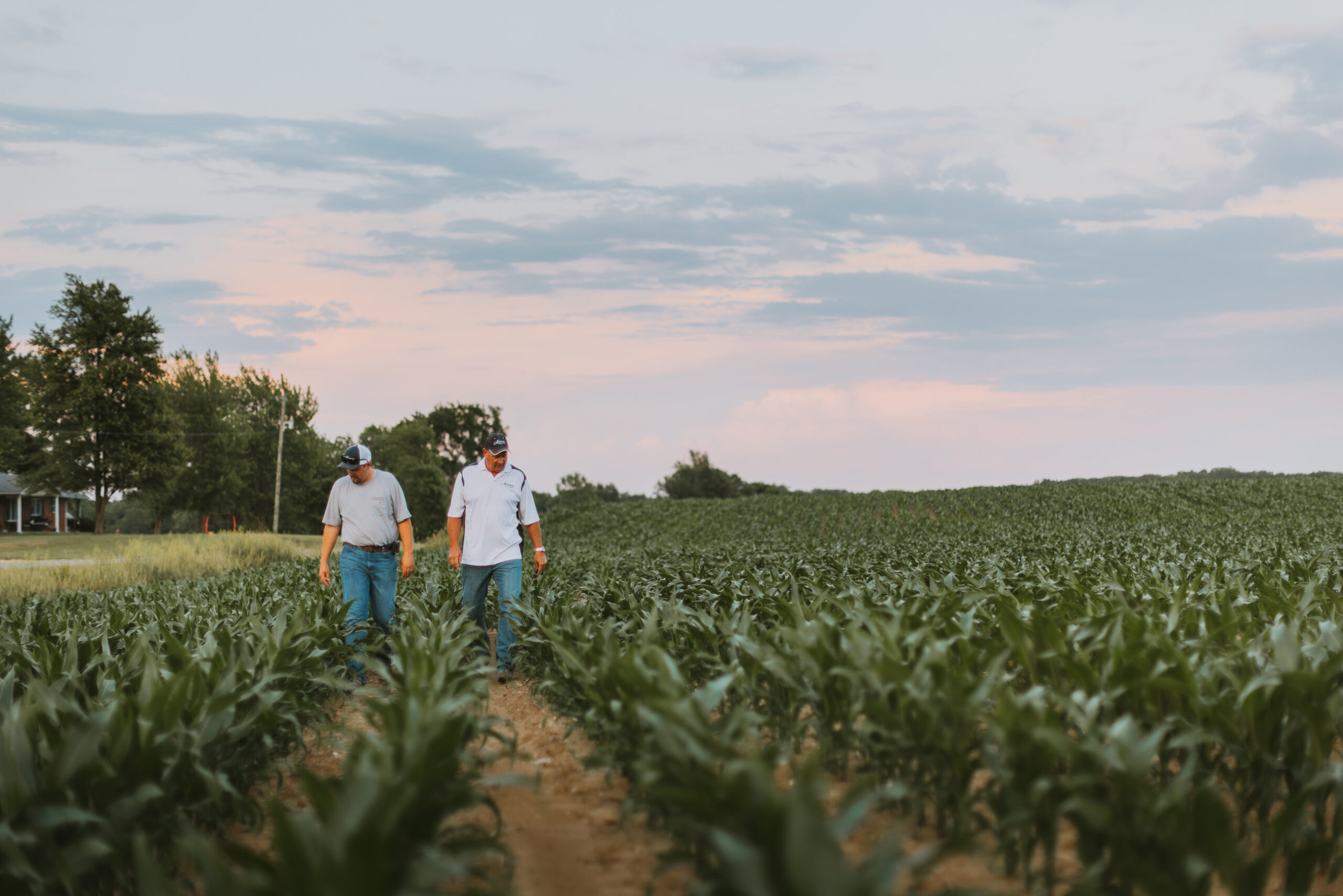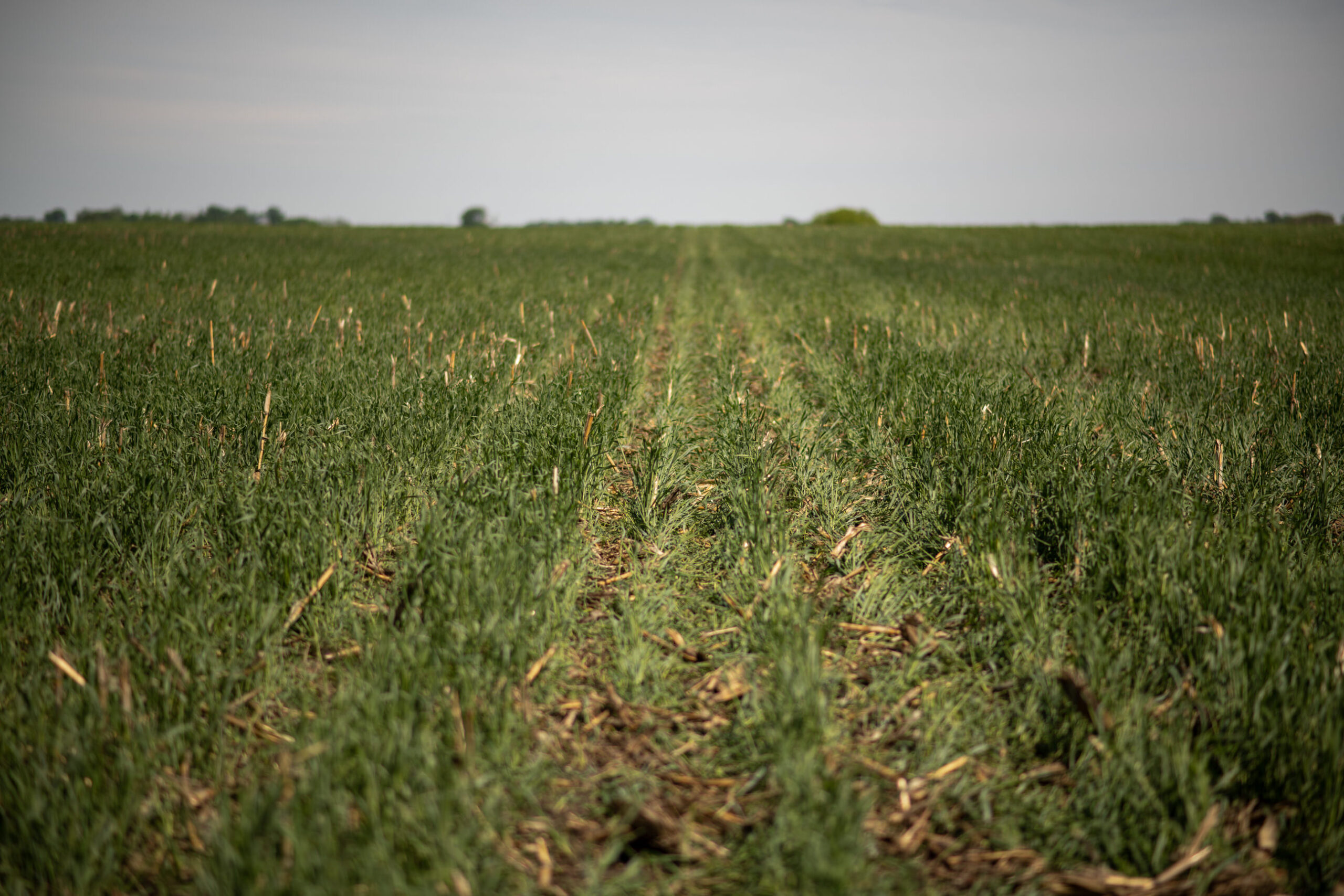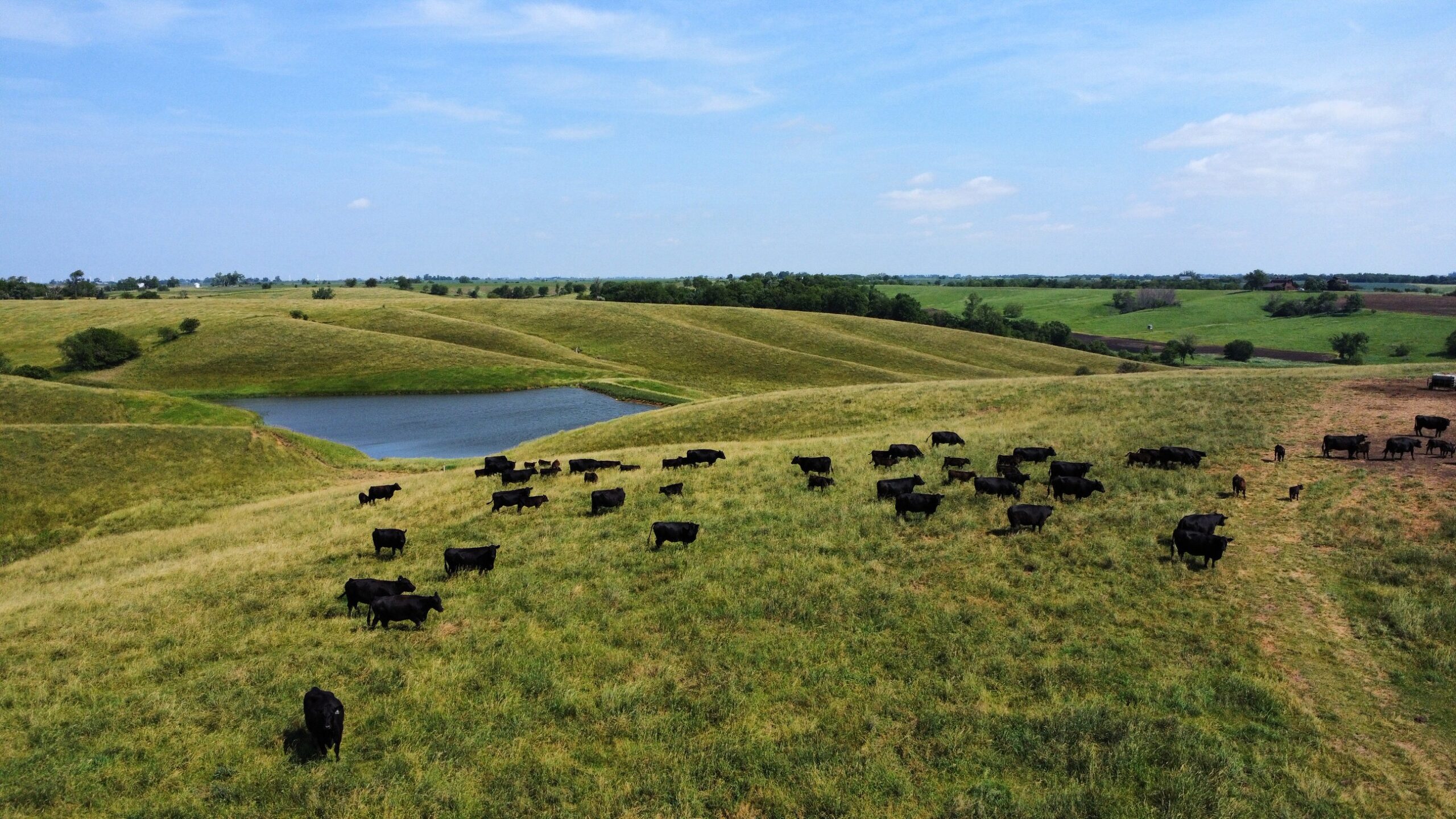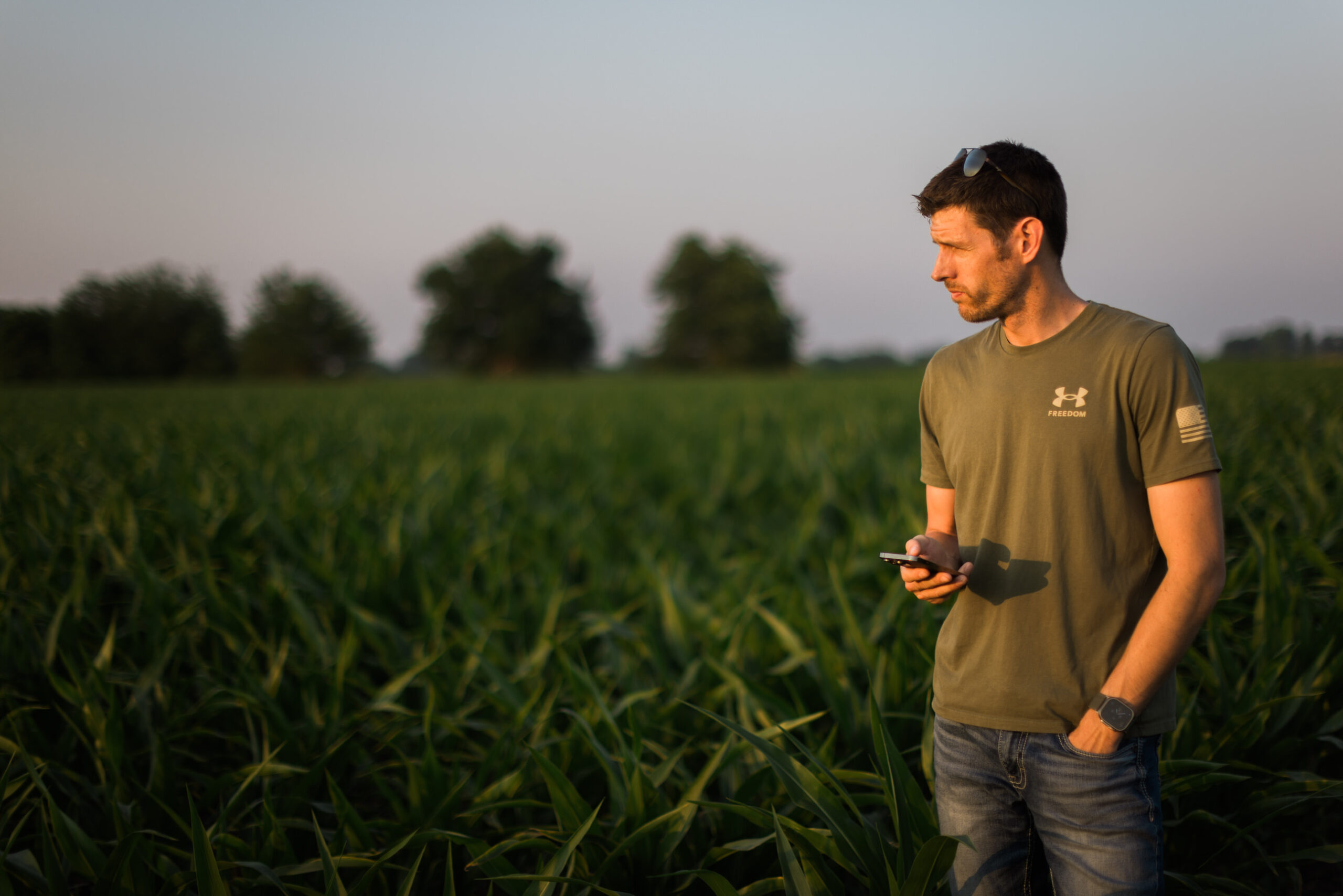
In today’s fast-changing agricultural landscape, producers are being asked to do more than ever before. Balancing productivity, profitability, and sustainability can feel overwhelming—especially with new programs, emerging technologies, and market demands evolving so quickly. That’s where technical assistance comes in.
Whether you’re navigating conservation practices, livestock management strategies, or soil health improvements, technical assistance provides the support you need to make confident, informed decisions. Here are five key benefits of working with a trusted technical assistance provider.
Expert Guidance Tailored to Your Operation
Every farm and ranch is unique. What works for one producer may not work for another. With technical assistance, you gain access to experts who take the time to understand your operation and provide recommendations tailored to your specific goals, resources, and challenges. This personalized approach saves time and reduces the risk of costly trial-and-error.
Access to the Latest Tools and Programs
From federal cost-share programs to emerging private-sector initiatives, it can be tough to keep track of what’s available. Technical assistance providers stay up to date on funding opportunities, new technologies, and market incentives, helping you tap into resources that can offset costs and accelerate progress on your operation.
 Increased Efficiency and Profitability
Increased Efficiency and Profitability
Technical assistance doesn’t just focus on conservation or compliance; it’s also about improving your bottom line. By optimizing grazing systems, improving soil health, or streamlining resource use, producers often see stronger yields, healthier livestock, and lower input costs. That efficiency translates into greater profitability over time.
Confidence in Decision-Making
Implementing new practices or programs can feel risky. With technical assistance, you have a partner who provides clear data, real-world examples, and step-by-step support. That confidence allows you to move forward with practices that align with both your operational and financial goals.

Long-Term Resilience
Technical assistance isn’t just about solving problems today, is about setting your operation up for success tomorrow. By focusing on soil health, water quality, and resource management, you’re building resilience against weather extremes, market shifts, and long-term challenges. That sustainability benefits your land, your business, and the next generation.
Ready to See the Benefits of Technical Assistance Firsthand?
At AgSpire, our team of technical advisors works alongside farmers and ranchers to design practical, profitable solutions that fit their unique operations. Enrollment for 2026 programs is open; here is your chance to have access to technical assistance and incentive payments for your operation. Start your producer profile today!
Additional Links
Learn more on YouTube >>> Meet our Technical Advisors on YouTube
Read more >>> Producer Case Study: Restoring Land, Restoring Values
